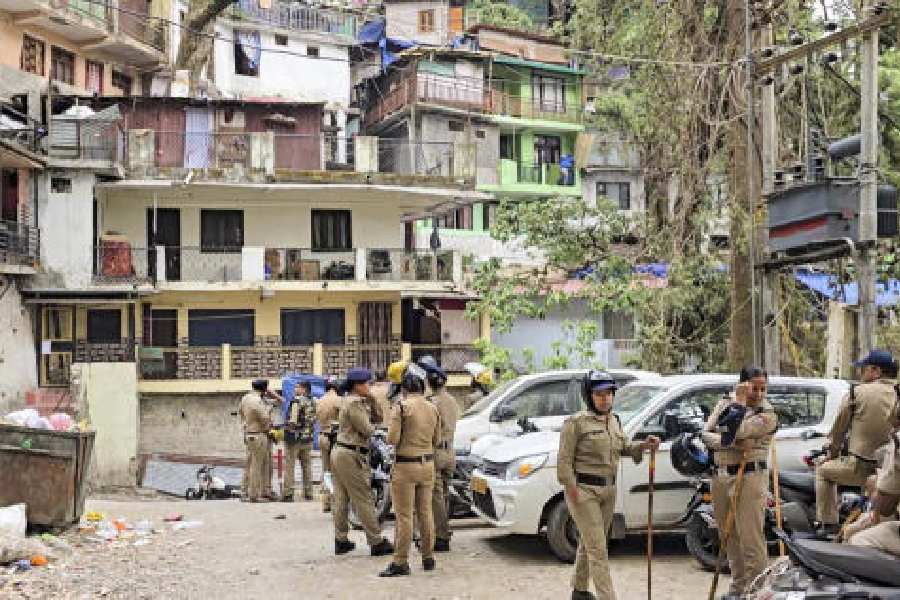
Calcutta: Dumping waste at Dhapa should be reduced to the minimum to ensure people living in the area are not at major environmental risk, an international study has claimed.
The study, Climate Smart Solid Waste Management for the civic body, by an agency as part of an agreement between the UK and Bengal governments, was submitted to the mayor Sovan Chatterjee in 2015.
Metro has a copy of the study.
Chatterjee, who is also the environment minister and the East Calcutta Wetlands Management Authority chairman, recently suggested that a new site be set up at Dhapa to dump waste because the present one is overflowing.
Dhapa, a Ramsar site, is part of the court-protected East Calcutta Wetlands.
Calcutta generates about 4,900 tonnes of waste every day, almost all of which gets dumped in Dhapa. By 2031, this is likely to go up to 5,400 tonnes, according to experts.
"The Dhapa dump, spread over 12.14 hectares, has been in use for 22 years. The amount of solid waste dumped till now is estimated to be around 1.7 million tonnes," the study by Ernst and Young said.
The agency carried out the study on behalf of the UK's Department for International Development.
The unsegregated waste makes the biodegradation extremely slow and the low volume of oxygen gives rise to methane gas that leads to global warming 20 to 25 times more than carbon dioxide, according to the study.
In 2013, the site produced about "2.1 million cubic metres" of methane. Also, more than thousand vehicles arrive at Dhapa from various corners of the city to dump waste. A huge amount of fuel is burnt, adding to the pollution level, the study said.
Non-biodegradable waste poses risk to the environment and people living in the area. Industrial hazardous waste had been dumped till 2006. It has affected the environment substantially, the study said.
"The study suggested mandatory segregation of waste, promotion of recyclables, formalisation of rag-pickers to minimise waste volume," urban environment expert Tapas Ghatak, who was part of the DFID project said.
There's hardly any segregation at source; recycling has gone down because everything is dumped in compactors, waste management expert Sasanka Dev said.
A civic official said decentralising the dumping, as suggested by the study, was the best option but there's no land. The civic body is looking for land, though, he said.










